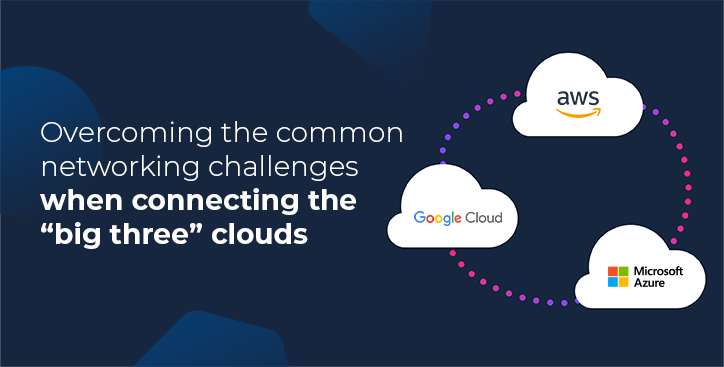The race to keep up with the pace of modern business sees organizations of all kinds seek to integrate and control a shifting line-up of ICT and third-party services to try to create a seamless, secure and cohesive platform to satisfy the demands of their customers and partners. However, most IT managers and CIOs find themselves working with a mélange of on-premise and virtualized infrastructure, private and public cloud and apps delivered as-a-service, as well as staff downloading and running their own solutions.
Trying to simplify this complexity and integrate internal systems with third-party solutions one at a time is too cumbersome and creates systems without the necessary flexibility and openness to other platforms.
Interconnection is the future
The IDC FutureScape: Worldwide CIO Agenda 2019 predictions of the ten most important shifts that will affect IT organizations includes ‘agile connectivity’– a flexible digital hub to interconnect a growing diversity of clouds, apps, systems, and technologies from a host of different vendors. IDC predicts that by 2021, 70 percent of CIOs will deliver agile connectivity via APIs and interconnection.
This is an unprecedented swing in direction from centralized control and processing of data, and reflects the increasingly decentralized nature of service delivery. However, if services are to be reliably delivered via application or website (with all the benefits of automation), and increase vale through the network effect then improved network performance through workload optimization and reduced latency is an essential part of the solution.
Business –not technology – drives network procurement. In the same way ICT procurement has become a strategic business decision that sees CEO and CIO
responsibilities intertwined, the fact that ICT services are essential to operations outside the IT department sees non-specialized staff solving their own IT issues with apps and solutions from cloud vendors and third-party service providers. This includes a world of low-code or no-code application platforms that give non-professional coders extra leverage, although they need training and support
to maximize their effect.
Expanding on data center interconnect, agile connectivity is about bringing together the platforms and ecosystems hosted in a network of data centers. Rather than connecting single services, it’s the ability to connect many changing services that’s important. Enterprises need a flexible digital hub to connect devices and data centers delivering apps, cloud, AI/machine learning, IoT and blockchain;
over cable and mobile networks, on private and public internet.
Although a flexible and adaptable digital platform must provide the secure ‘plug-and-play’ connectivity through APIs, automation and intelligence to allow it to easily change the roster of services, it eases complexity for staff and customers but increases complexity for the IT department.
Flexibility overcomes complexity in IT architecture
IT architects and developers need the support of flexible, adaptable, and modularized ICT services to replace monolithic, closed IT architectures and enable a multi-cloud environment.
IDC's 2018 Cloud and AI Infrastructure Perceptions Survey found that over the next two years 60 percent of enterprises will have cloud interoperability environments that give visibility of multi-cloud and hybrid cloud architectures through APIs and micro-services.
Software defined networking (SDN) or SD-WAN embodies these kinds of technology and systems. If you want this level of bandwidth-on-demand between hosting locations with multiple networks then invest in self-service, automated and seamless intelligent connectivity to support your enterprise transformation.


.jpg)





.jpg)

